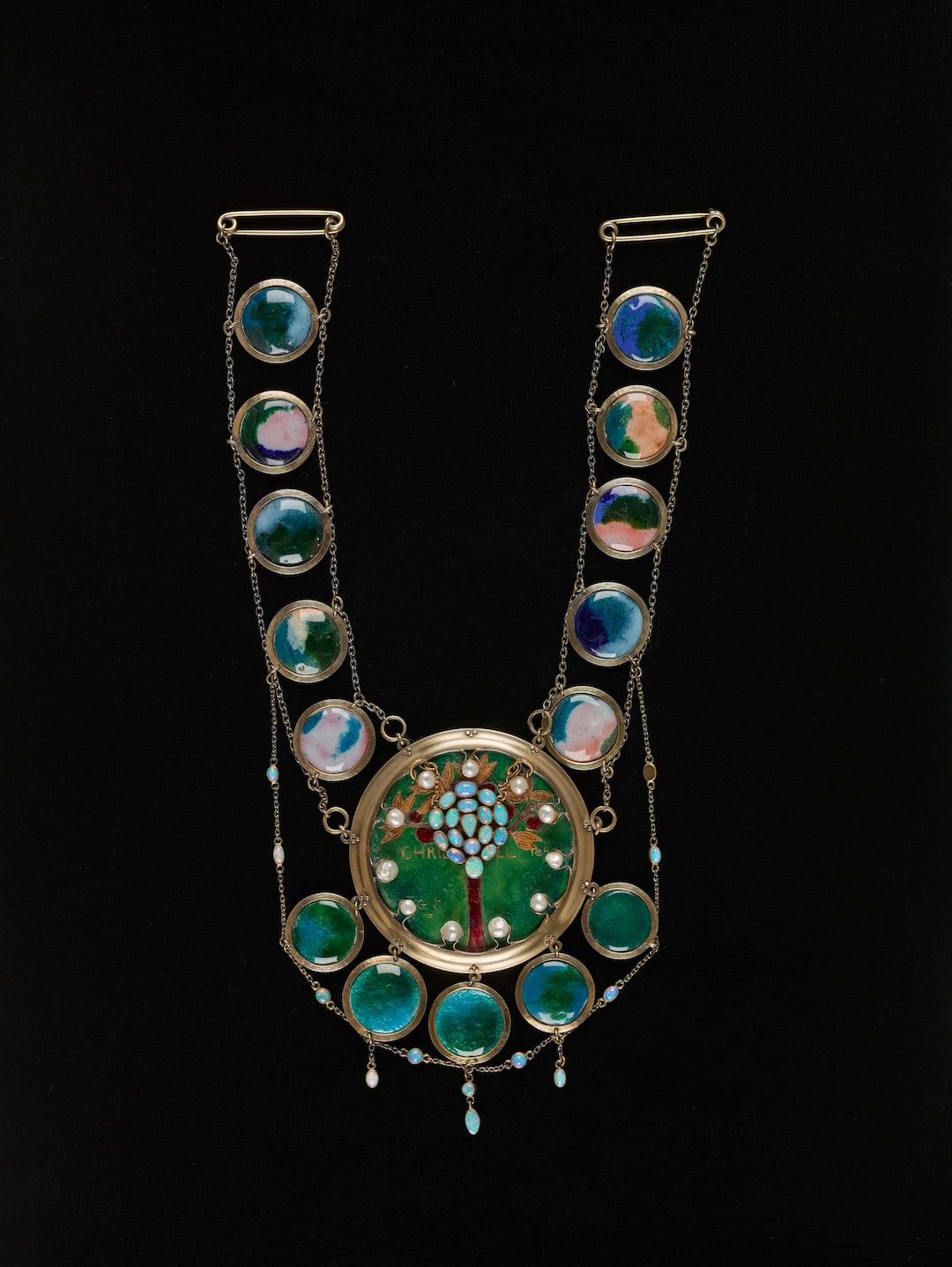Art has always been a reflection of the times we live in and the unique perspectives of different artists. It is fascinating to explore the various art movements throughout history, as they provide a glimpse into the social, political, and cultural changes that shaped our world. From the revolutionary Cubism movement to the vibrant Pop Art movement, each era brought something new to the artistic landscape.
Cubism emerged in the early 20th century, led by Pablo Picasso and Georges Braque. This movement challenged the traditional notions of art and representation. Instead of depicting objects from a single perspective, Cubist artists fragmented and analyzed them, representing multiple viewpoints in a single composition. This shattered the boundaries between form and space, creating abstract and geometric artworks. It was a radical departure from the realistic and traditional art styles of the time, and it paved the way for further experimentation in the world of art.
As the world moved on from the devastation of World War II, a new art movement emerged: Pop Art. Spearheaded by artists such as Andy Warhol and Roy Lichtenstein, Pop Art celebrated consumer culture and mass production. It incorporated everyday objects, advertisements, and media into artworks, blurring the lines between high and low culture. The bright colors, bold compositions, and iconic imagery of Pop Art embraced the energy and excitement of post-war society.
These art movements not only transformed the way we look at art but also influenced other creative disciplines such as fashion, architecture, and design. They pushed the boundaries of artistic expression and challenged the traditional notion of what can be considered art.
Discovering these art movements allows us to understand the worldviews and intentions of the artists. Through their work, we can glimpse the social and political issues of their time and the struggles they went through to express themselves.
In addition, exploring art movements helps us develop a broader appreciation for art in general. By understanding the historical and artistic context of each movement, we can gain a deeper understanding and connection with the artworks themselves. It allows us to view art as a medium through which artists communicate their thoughts, emotions, and ideas.
Art movements tell a story about our past and help shape our future. They reflect the social and cultural changes that occurred during specific time periods, providing us with a visual history of human progress. By studying art movements, we gain a greater understanding of our own society and the transformative power of art.
So take a moment to immerse yourself in the world of art movements, from the abstract and fragmented world of Cubism to the vibrant and colorful universe of Pop Art. Let these movements inspire and challenge you to see the world in a new light.

